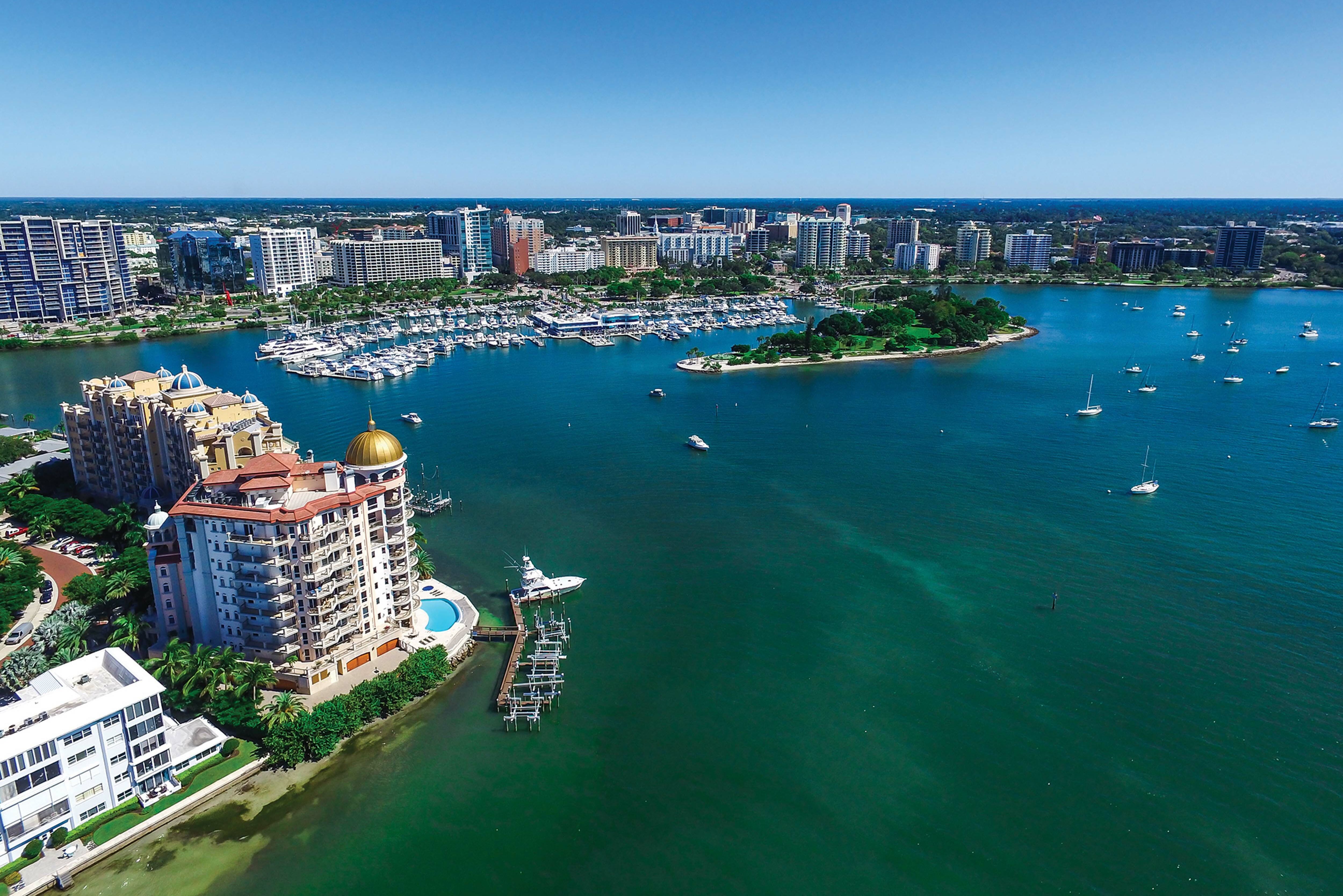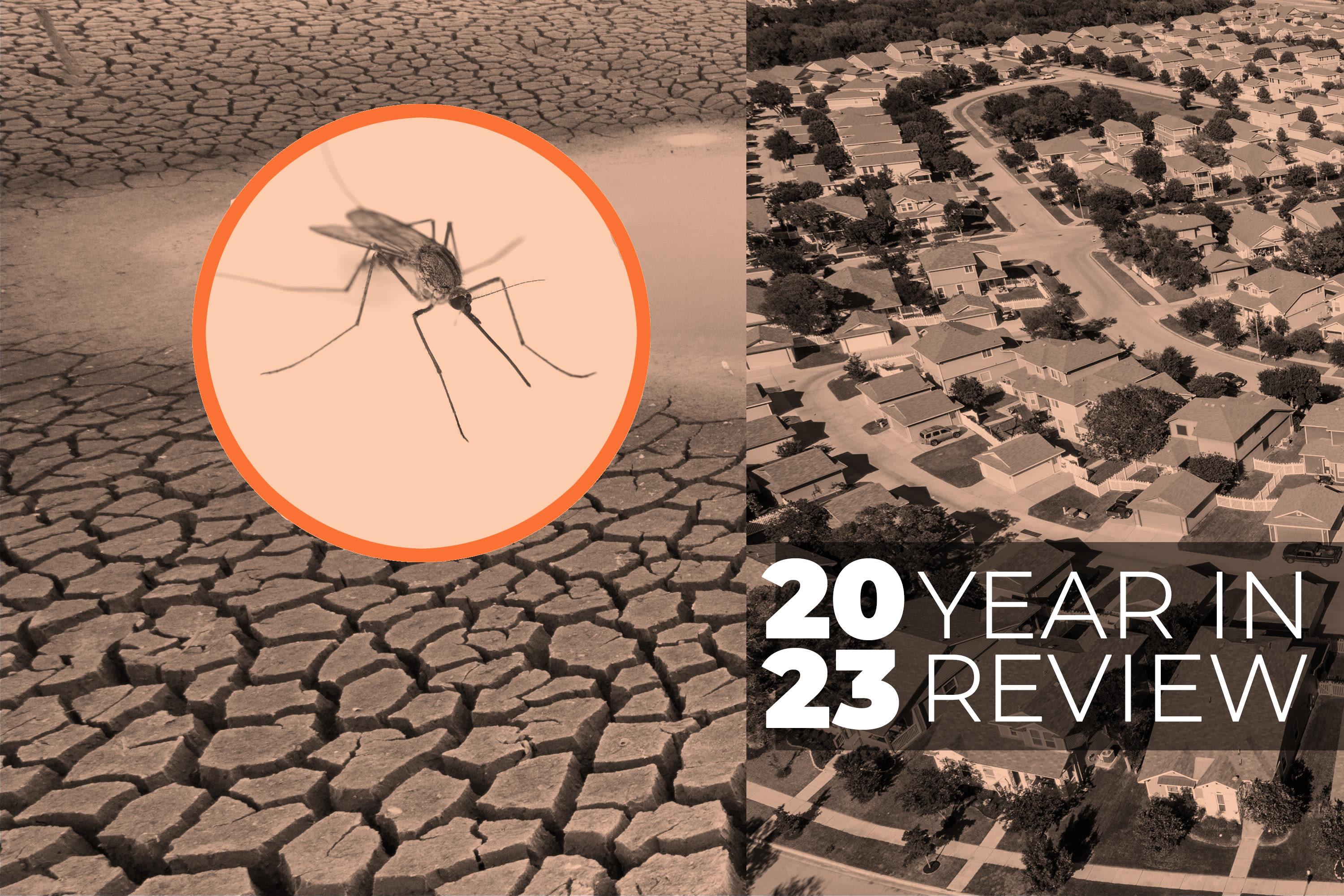How Climate Change Threatens the Everglades

Sunset at the Everglades' Long Pine Key
Image: Shutterstock
Everglades restoration has been a priority for Florida governors and American presidents for decades, but the colossal threat of climate change and sea level rise might make those efforts even more of a challenge.
According to the United Nations’ Intergovernmental Panel on Climate Change’s most recent report, human activity has led to a 1 degree Celsius rise in global temperatures since the pre-industrial era. That figure is likely to reach 1.5 degrees between 2030 and 2052, which could cause the sea level to rise by 10 to 30 inches.
As the saltwater around Florida rises, scientists expect it to push farther into the Everglades, and they already have observed changes in the ecosystem. In what are called the “saline glades” on the southeastern edge of Everglades National Park, saltwater-loving mangroves have colonized territory deeper inland, reducing the amount of freshwater marshes. The same thing is happening in the Cape Sable area, on the state’s southwestern tip.
Changes in rainfall may alter the Everglades, too. One paper published by South Florida Water Management District senior environmental scientist Martha Nungesser examined how a 10 percent decrease in precipitation might affect the Everglades. Nungesser found that it would lead to “more severe and extended droughts” that would lower water levels, cause the loss of valuable peat, increase the chance of wildfires, alter the landscape for plants and animals, invite in new invasive species and throw a monkey wrench into restoration plans.
Not all hope is lost. The Comprehensive Everglades Restoration Plan is a $16.4 billion effort begun 20 years ago to repair the area’s hydrology. Scientists have worked to increase north-south water flow by elevating parts of Tamiami Trail, which acts as a dam across the Everglades, restore the wetlands around the Kissimmee River upstream and “replumb” the region by building new pump stations to redirect water. According to experts, improving the flow of freshwater through the Everglades presents the best chance of staving off dramatic effects from climate change, because it will push back against rising seas and limit saltwater intrusion. Cutting carbon emissions will be key, too.



